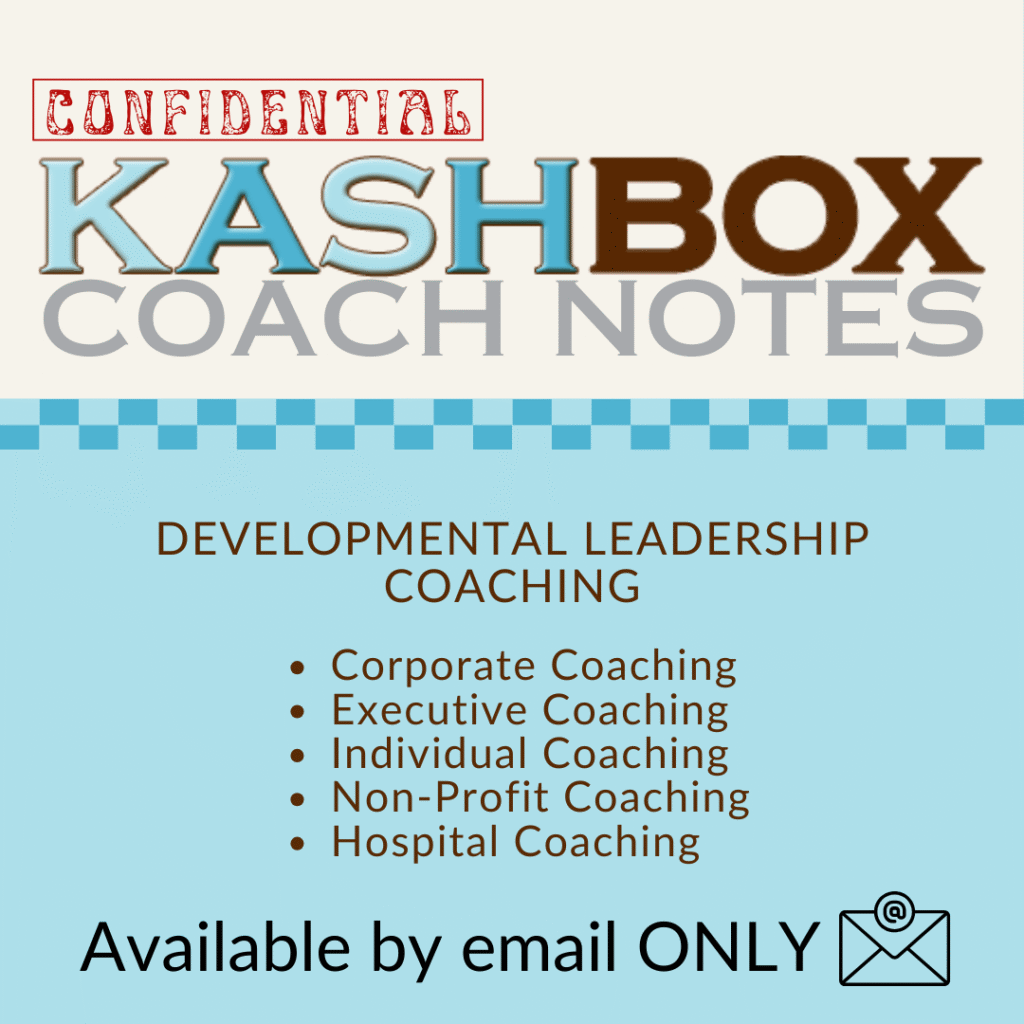As we return to work, executives, leaders, and managers face tough decisions to jump-start their leadership and team performance. Corporate coaching helps newly appointed and seasoned leaders must assess their teams, find the gaps, and fill open positions. Adding to the complexity is the critical task of identifying those who would be better served in a different capacity, often outside the team or organization. This requires an intricate balance of confidence, humility, and skillful communication.
The first few weeks are crucial to building trust, learning, and evaluating, even if you are not new to your role. The pandemic has changed us: We’ve adapted and grown, our perspectives have been altered, and our values have shifted for some.
In a recent Pew Research survey of Americans regarding their experience with the pandemic, almost 90% of the 9,220 who responded reported at least one negative change, and 73% reported an unexpected upside.
According to Pew, most Americans have experienced these negative impacts and silver linings simultaneously: Two-thirds (67%) of Americans have mentioned at least one negative and at least one positive change since the pandemic began.
When analyzing the data, they found that Americans were affected in various positive and negative ways, and there was no typical experience.
As we return to work, we return as a new team—new leaders, managers, employees, and teams. You can jump-start your leadership and team performance by asking probing questions and actively listening.
Beyond The Great Resignation
According to Microsoft research, 41% of the workforce has or may make a change this year. This includes the 4 million Americans who left their positions in April 2021 in The Great Resignation. With many companies returning to the office, it is critical that managers, leaders, and executives assess their teams.
Leadership and managers new to their position will likely find they’ve got the right people on the bus. However, they may inherit people who are not pulling their own weight, including people who are burned out. Rather than shaking the trees (and losing some good leaves with the bad apples), corporate coaching can help these new leaders mindfully gather information to make their evaluations.
Receive [CONFIDENTIAL] Coach Notes directly to your inbox.
Your e-mail address is used to send you our newsletter and information about Kashbox Coaching’s activities. You can always use the unsubscribe link included in the newsletter.
Evaluation Criteria
Spend time with each individual to assess for:
- Core competencies: Technical skills and experience required for the job.
- Discernment: Good judgment under pressure and supporting the greater good.
- Energy/Engagement: Contributes appropriate energy for the role and tasks.
- Focus: Prioritizes essential tasks, manage distractions, and complete assignments.
- Relationships: Maintains healthy relationships with colleagues and supports co-workers and team decisions.
- Trust: Honest, consistent, and reliable, demonstrating authenticity and trustworthiness.
Consider ranking each category commensurate with the position and using a scale to determine areas of strength and weakness. Of course, adequate time and the right questions are critical for a fair and accurate evaluation.
Meaningful Questions and Answers
Create a list of standard questions to ask every employee, such as:
- How would you describe our existing organizational and team strategy?
- What are your thoughts about it?
- What are our largest short- and long-term team challenges?
- Where are our greatest opportunities?
- Which/what resources could we leverage more effectively?
- How can we improve the way the team works together?
- If you could give me any advice regarding my position, what would it be?
- What should I pay attention to?
- What can I do to help you?
Pay attention to non-verbal clues:
- What is unsaid?
- Are they open to volunteering information, or should they wait until they are asked for specifics?
- Is there an equal focus on strengths and weaknesses?
- Do they take responsibility when appropriate or blame others?
- Are excuses made (for self or others)?
- How consistent is body language with words?
- Which topics evoke an increase of energy?
- When observing the individual interacting informally with others, how do they appear? (Cordial, reserved, judgmental, competitive, etc.)
Corporate Coaching Tips: Assess Your Team
Understanding how the existing team functions is essential. An initial study of data, meeting reports, and any climate surveys is helpful. However, group dynamics observed in the first meetings reveal indicators.
Corporate coaching helps leaders observe interactions and the roles people take. Have they shifted? If you are new to your leadership position, notice who speaks easily, who is more reserved, and if there appear to be alliances. Note that nonverbal clues appear each time someone speaks during the meeting.

Ready to Find Your Perfect Kashbox Coach?
Every executive and business leader has unique strengths and faces specific challenges. That’s why we offer a diverse team of experienced coaches, each with specialized expertise in different areas of leadership coaching.
Click the button below to match with a Kashbox Coaching leadership coach who can best help you unlock your full potential.
Team Restructuring
If team restructuring is required, you need to identify:
- Who will remain in their current role?
- Who is a better fit for a different position?
- Who will you retain and develop?
- Who do you need to observe for a longer period of time?
- Who will you need to replace ASAP?
- Who will need to be replaced within a year or two?
Even when poor performance is well documented, letting someone go can be difficult, time-consuming, and costly. Consider alternatives such as a move to another position that is a better fit for their skills. Of course, safety comes first. Keep an eye on their performance, but be respectful.
Avoid Common Mistakes
Hesitancy about letting people go, especially when positions remain open, can feel risky. But failing to act decisively and quickly can lead to derailment. Other common mistakes managers and leaders make include:
- Inadequate personnel plan. Within your first 90 days, personnel decisions should be made and communicated to key stakeholders, including your boss and HR.
- Ongoing team dysfunction. Correct problems and develop options right away. This may require temporary solutions, including temporary staff and resources.
- Lack of clarity, purpose, and focus. Your leadership and team must be aligned and clear about the organizational mission, goals, and values.
- Loss of good people. Look for ways to recognize efforts and capabilities. Express gratitude and share all victories, even the small wins.
- Poorly timed team building. Ensure you have the right people on the bus before you begin team-building exercises.
- Rushing to decisions. When making implementation decisions, wait until core team members are in place and include them in the decision-making process.
- Going it alone. Great leaders are often seen as independent, trail-blazing mavericks. But the truth is that the greatest rely on experts who can offer sage advice.

Creator of the KASHBOX: Knowledge, Attitude, Skills, Habits
Helping You Realize Your Potential
I help people discover their potential, expand and develop the skills and attitudes necessary to achieve a higher degree of personal and professional success and create a plan that enables them to balance the profit motives of their business with the personal motives of their lives.










